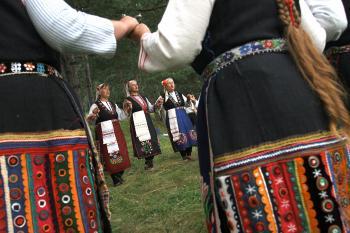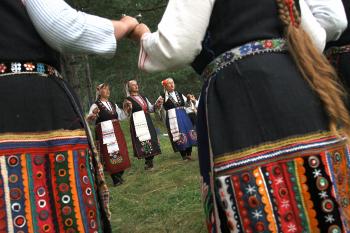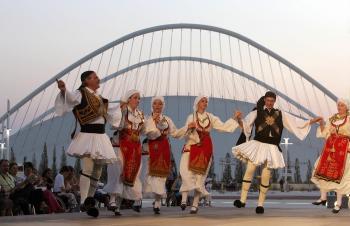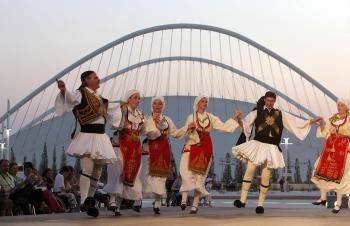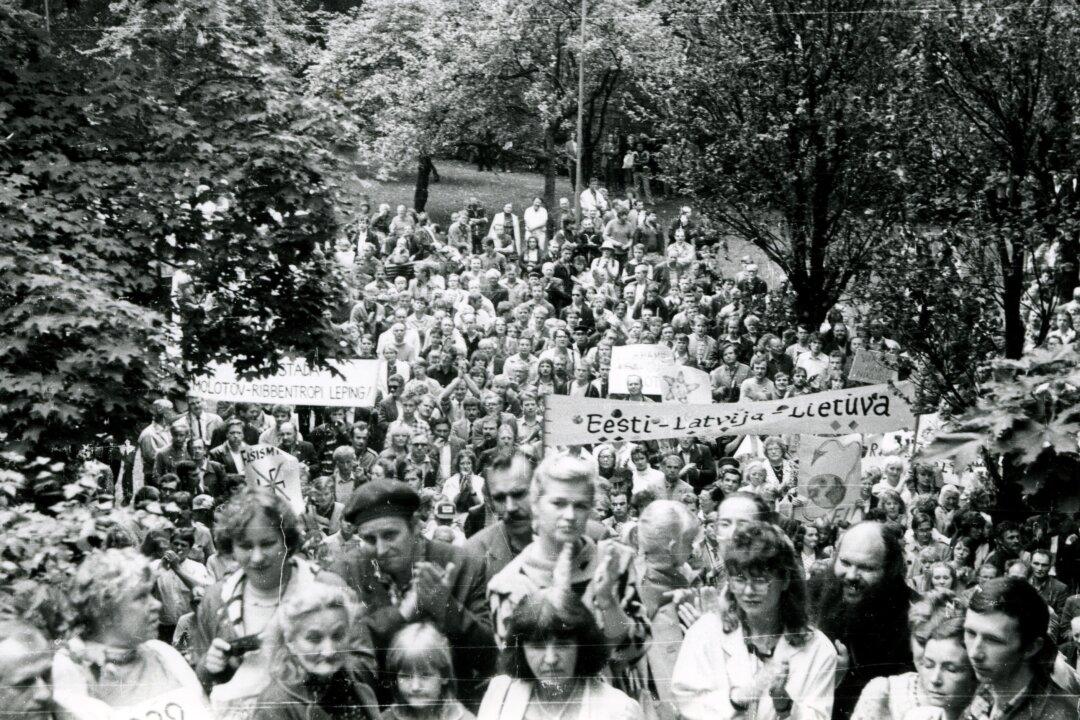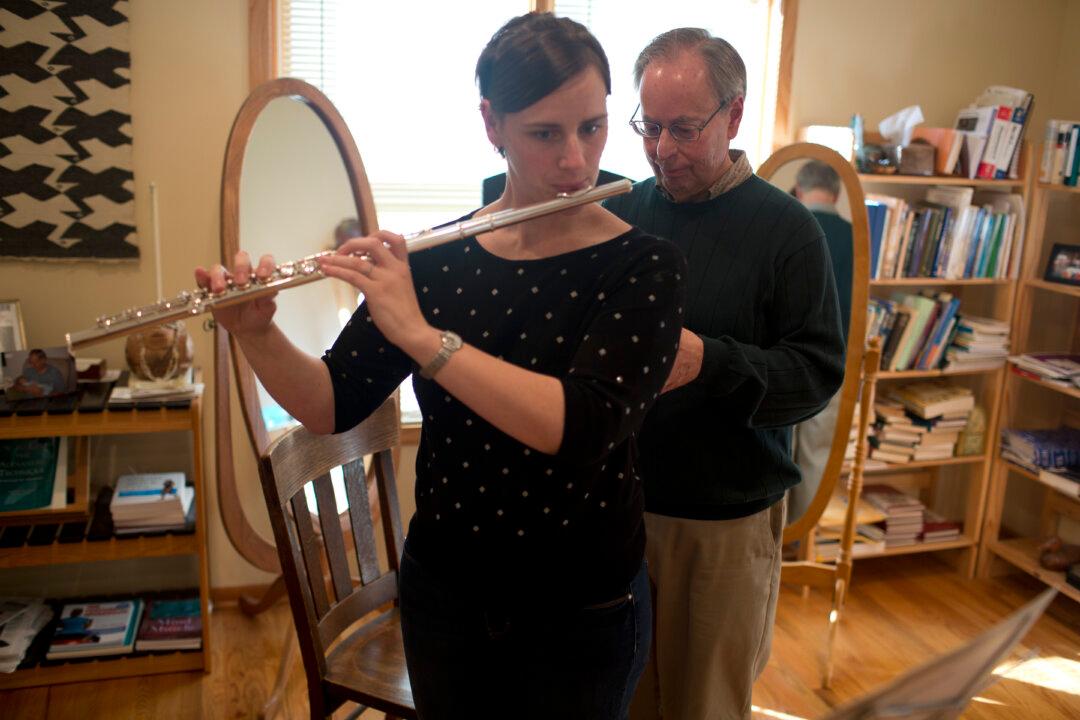The Mystical ‘Horo’ Dance from the Balkans
A folk dance with ancient origins and full of meaning, the horo has been called the Bulgarian version of qigong and the nation’s traditional yoga.
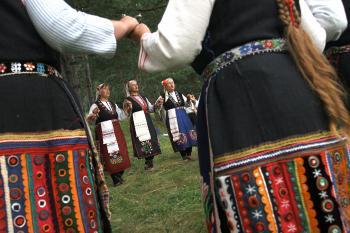
ATHENS, GREECE: A Greek folk-dance group performs the horo in front of the Olympic Velodrome at the Olympic Complex in Athens during the Games of 2005. Louisa Gouliamaki/AFP/Getty Images
|Updated:


